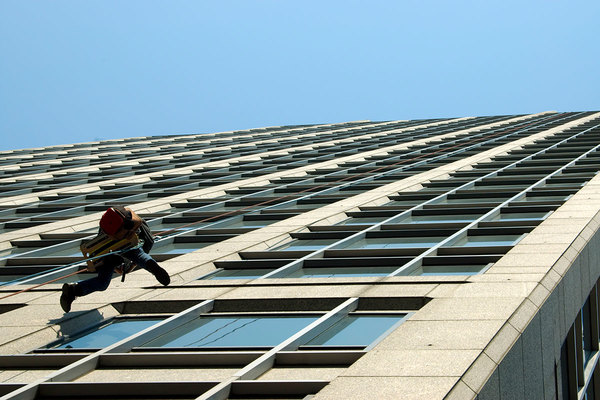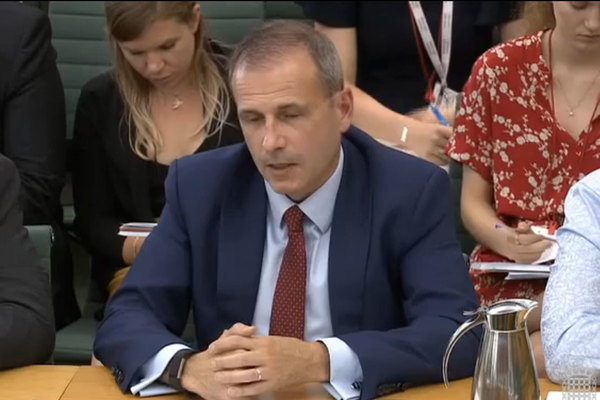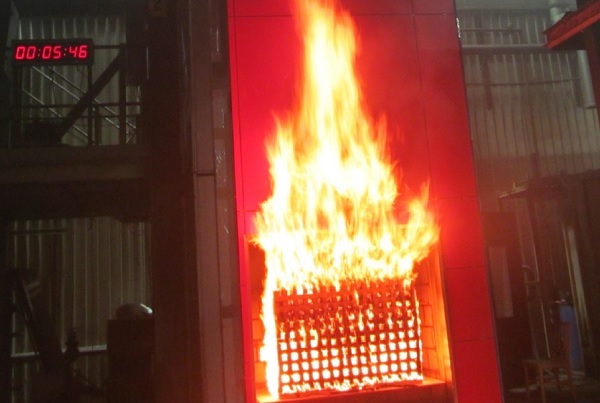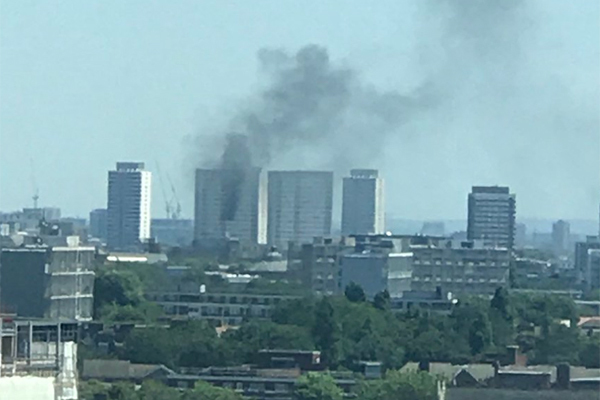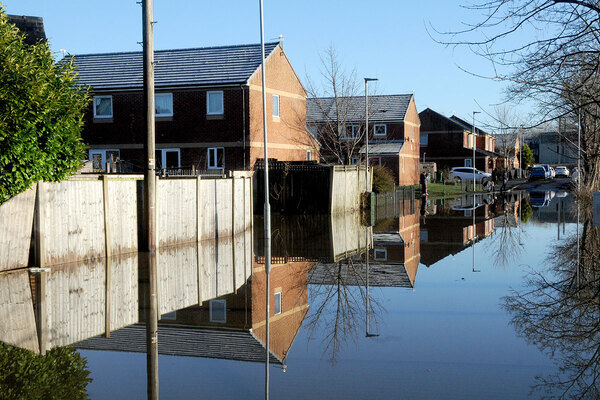London association to remove non-ACM laminate cladding after failed test
A large London housing association is working to strip cladding from a tower block of a kind recently revealed never to have passed a large-scale test.
Metropolitan announced in its annual report for 2017/18 that it has one tower block with ‘laminate’ cladding, a reference to high pressure laminate (HPL) cladding material.
As Inside Housing recently revealed, this combustible material has never passed a large-scale BS 8414 test.
Metropolitan said in its results: “After an extensive review of our entire high-rise estate, we identified that we own one tower with laminate cladding that, although not the aluminium composite material used on Grenfell Tower, has failed combustibility tests.
“After thorough customer consultation and planning (as well as taking immediate contingent safety measures), we will progress with the removal of the cladding, and will make other structural improvements early in 2018/19.”
The extensive fire safety work done by Metropolitan since the Grenfell Tower fire was, the association said, responsible for a dip in its surplus for the year.
As part of this work, it carried out what it called “destructive fire testing” on the cladding of this tower and determined that it was unsafe.
A Metropolitan spokesperson said it is "carrying out a broad programme of improvements and refurbishment at the building – to enhance the block and to provide residents with warmer, safer and more secure homes".
Work includes the installation of new windows, balconies, fire doors, and flooring in communal areas; redecoration and improved insulation. Structural improvements include a new roof and a new safety system which automatically closes the building’s ventilation panels in the event of fire.
Residents have remained in their homes during the works.
As well as removing and replacing the cladding, the association will be installing new windows, balconies, fire doors and flooring in communal areas. It will also be redecorating and adding “improved insulation”.
As well as these refurbishments, it will be installing a new roof and a safety system designed to automatically close the building’s ventilation panels in the event of fire. Metropolitan said no residents will need to be evacuated.
A Metropolitan spokesperson told Inside Housing: “The safety and well-being of residents is our number one priority.
“The cladding system at the building in question had been in place for more than 20 years, and while it was passed by the local authority’s building control as meeting building regulations at the time it was installed, we decided that the right and safest thing to do was to test it and, once we received the results, to replace the panels and to refurbish the building.”
